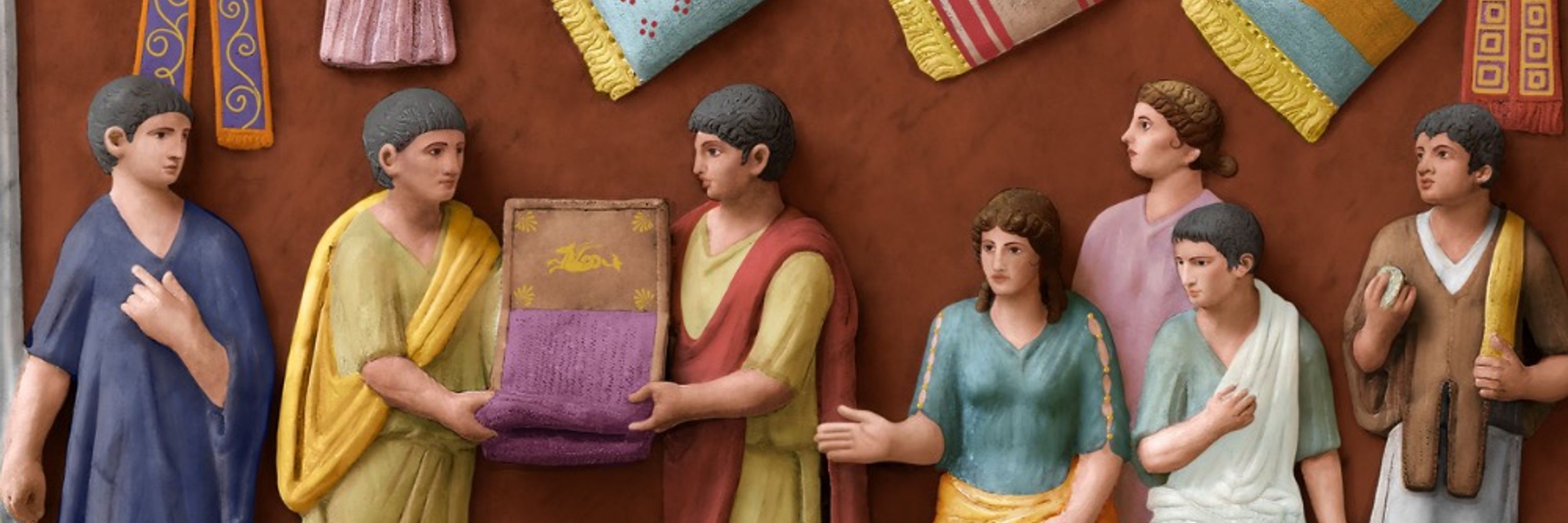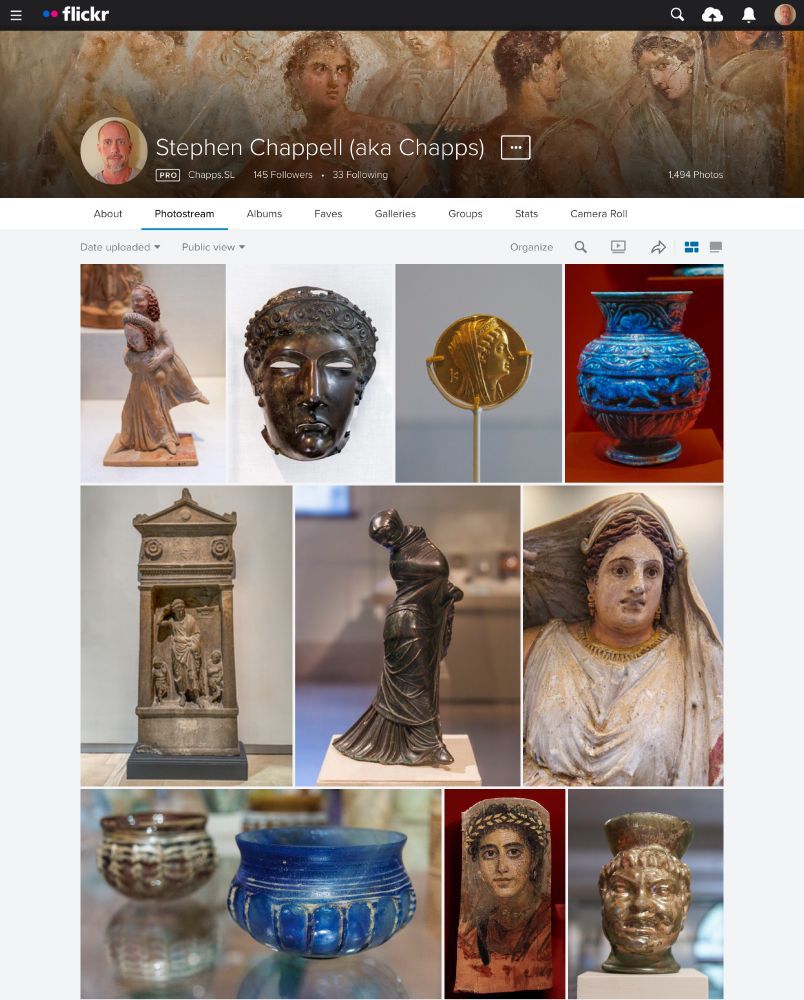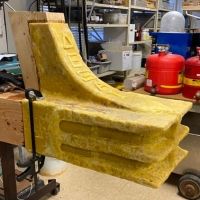Chapps
@chapps.bsky.social
3.4K followers
350 following
4.4K posts
Former tech drone, living in L.A. I now create digital reconstructions of ancient Greek and Roman sculpture. No, really. 🏳️🌈
Flickr account (museum photos, mainly, free to use and high res): https://www.flickr.com/photos/125386285@N02/
Posts
Media
Videos
Starter Packs
Pinned
Chapps
@chapps.bsky.social
· 14m
Chapps
@chapps.bsky.social
· 15m
Chapps
@chapps.bsky.social
· 16m
Chapps
@chapps.bsky.social
· 16m
Reposted by Chapps








